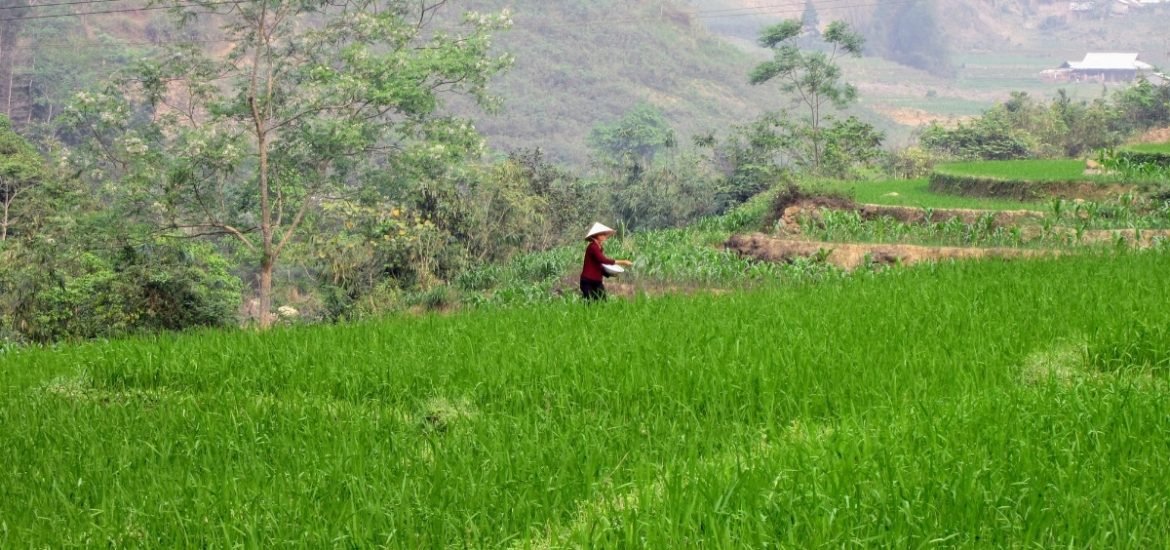
Climate-smart agriculture is a promising approach to addressing the threat of climate change and can effectively increase yields, benefit the environment, and increase farmer income. Such strategies―including diversification or rotation of crops, improved irrigation and residue management, land contouring and terracing as well as agroforestry―contribute to the “three core pillars”: sustainably increasing productivity, contributing to adaptation, and reducing greenhouse gas emissions.
However, studies have shown limited adoption by farmers despite the potential benefits of these climate-friendly practices on productivity. A recent study published on 19 November in PLoS One examined the costs and benefits to farmers, researchers, and policymakers associated with introducing climate-smart agricultural (CSA) practices to farming systems (1).
In particular, the paper highlights the extent to which lack of adoption of CSA practices can impact socio-demographic and economic conditions. The researchers from the International Center for Tropical Agriculture, a not-for-profit research and development organization, focused on ten major climate-related issues facing farmers in Africa, Asia, and Latin America. They performed a cost-benefit analysis to determine profitability at the farm, household and community level across three study sites in three different countries: Vietnam, Nicaragua and Uganda. More specifically, they looked at rotating rice fields with peanuts in Vietnam, manual blight control for cacao in Nicaragua, and planting drought-tolerant varieties of beans and maize alongside each other in Uganda
The findings demonstrate an initial return on investment ranging from 17 to 590 per cent by adopting CSA practices. The huge variation in farm-profitability was dependent on crop typologies, input access and prices, household types, and local context. In addition, startup costs were shown to be recovered in one to eight years. Finally, certain factors were found to affect levels of adoption including large income inequality, large profitability gap of prioritized CSA practices, and a large proportion of cost and benefit of the practices in the level of income.
Climate change poses a serious threat to food security. Key food commodities such as rice, maize, and wheat are expected to decrease in both quantity and quality, according to the latest International Panel on Climate Change (IPCC) report. The impacts of global warming pose the greatest threat in developing countries, and predominantly, to poor smallholder farmers.
Therefore, cooperation between nations will be needed to sustainably feed the increasing world population, estimated to reach 10 billion by 2050. To this end, more than one hundred countries have pledged to reduce emissions from agriculture, forestry and other land use as set out by the Intended National Determined Contributions (INDC), which falls under the United Nations Framework Convention on Climate Change (UNFCCC). But to meet these challenges, sustainable agricultural practices are urgently required.
Climate-smart agriculture could have immense benefits if targeted correctly. But in the end, adoption rates―and therefore, profitability―are determined by socio-economic factors, costs, and benefits of CSA practices. The authors write, “understanding the profitability of CSA practices, both at small and large scale could help design investment strategies at local, national and regional levels.”
(1) Lan, L. et al. Farm-level and community aggregate economic impacts of adopting climate smart agricultural practices in three mega environments. PLOS ONE (2018). DOI: 10.1371/journal.pone.0207700